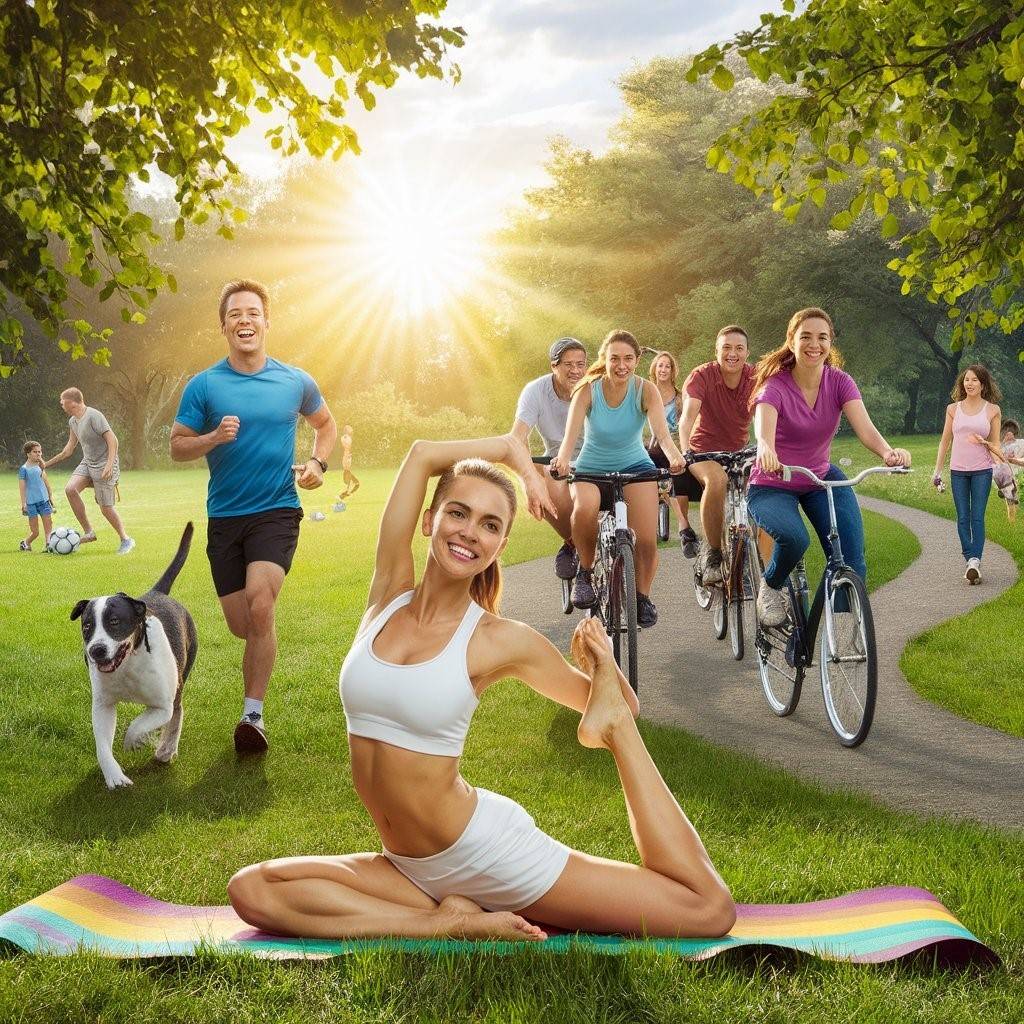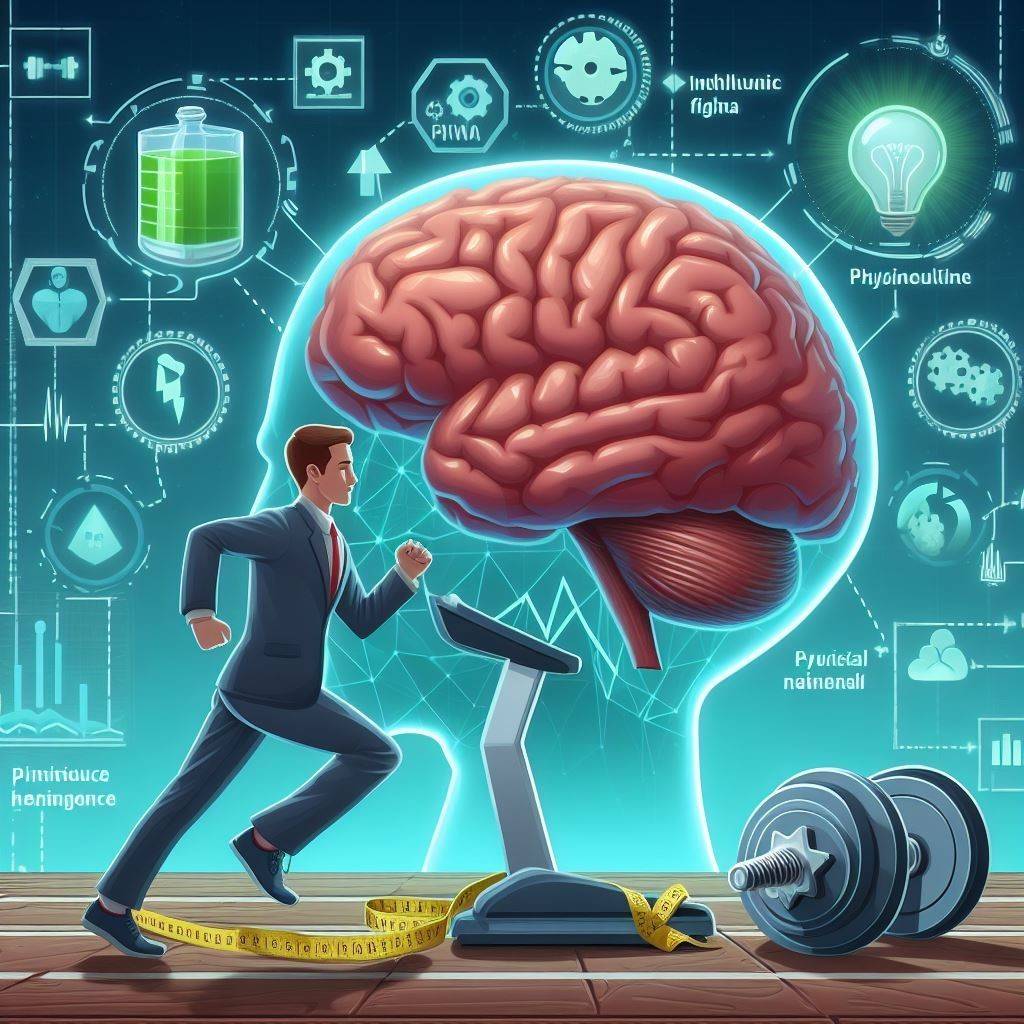Struggling with constipation? Discover the best 9 exercises to relieve discomfort and promote healthy bowel movements. Learn more and find relief today!
It is a common issue that affects millions of people worldwide. It happens when your bowel movements become less frequent or difficult to pass. While it’s usually not serious, it can make you feel uncomfortable and sluggish. If you’re dealing with chronic constipation, you’re not alone. Many people struggle with this condition at some point in their lives.
The good news? There are plenty of ways to relieve constipation, and exercise is one of the most effective natural remedies. Physical activity helps improve your digestive health, promotes regular bowel movements, and reduces abdominal discomfort. In this article, I’ll share the best exercises to help relieve constipation. Plus, I’ll explain how they work and why they’re so effective.
What Is Constipation?

Before we dive into the exercises, let’s quickly review what constipation is. But, irregularity occurs when your stools (poop) are hard, dry, or difficult to pass. Some common signs include:
- Fewer than three bowel movements per week.
- Straining during bowel movements.
- Hard or lumpy stools.
- Feeling bloated or full in your stomach.
While occasional bowel difficulty is normal, long-term issues could indicate an underlying problem like irritable bowel syndrome (IBS), pelvic floor dysfunction, or slow transit constipation. If you experience persistent symptoms, it’s always a good idea to consult a doctor.
Why Exercise Helps with Constipation
Exercise plays a crucial role in improving digestive health. Here’s how it works:
- Boosts Blood Flow: Moving your body increases blood flow to your intestines, helping them function better.
- Strengthens Muscles: Strong abdominal muscles support your digestive system and make bowel movement
- Reduce Stress: Stress can slow digestion, but exercise releases hormones that relax your body.
- Encourages Regularity: A daily exercise helps regulate your bowel habits over time.
I’ve seen firsthand how regular physical activity can transform someone’s digestive health. Whether it’s walking, yoga, or swimming, finding the right exercise can make a vast difference.
Top 9 Exercises to Help Relieve Constipation

Walking – A Simple Solution for Constipation
Walking is one of the easiest and most effective exercises for relieving constipation. It’s gentle on your body but still gets your blood flowing and stimulates your digestive tract.
How to Do It:
- Walk at a moderate pace for 20–30 minutes each day.
- Swing your arms as you walk to engage your core muscles.
- Try walking after meals to aid digestion.
Why It Works: Walking improves gut health by increasing movement in your intestines. It’s also successful for reducing abdominal bloating and promoting relaxation. I recommend starting small—just 10 minutes a day—and accumulating your time.
Yoga Poses – Stretching Your Way to Relief
Yoga involves stretching and twisting, which can massage your internal organs and promote digestion. These poses are perfect for anyone looking to ease abdominal discomfort.
Cat-Cow Stretch
This pose gently moves your spine, improving circulation to your digestive organs.
- Begin on all fours, assuming a tabletop stance.
- Breathe in and curve your back, raising your head and tailbone (cow pose).
- Exhale and round your back, tucking your chin to your chest (cat pose).
- Repeat 5–10 times.
Child’s Pose
This relaxing stretch opens your hips and lower back.
- Sit on your heels and stretch your arms forward.
- Lower your forehead to the ground and breathe deeply.
- Hold for 30 seconds to 1 minute.
Seated Spinal Twist
Twisting motions help stimulate your intestines.
- Sit cross-legged on the floor.
- Place your right hand on your left knee and twist your torso to the left.
- Look over your shoulder and hold for 10–15 seconds.
- Switch sides and repeat.
Tip: Yoga isn’t just about flexibility—it’s about mindfulness too. Focus on deep breathing while doing these poses to calm your mind and body.
3. Jumping Jacks – Get Your Heart Pumping
Jumping jacks are a fun way to get your heart rate up and shake up your digestive system. They’re especially helpful if you’re feeling sluggish or bloated.
How to Do It:
- Position your feet together and let your arms rest naturally by your sides.
- Jump while raising your arms overhead and spreading your legs apart.
- Return to the starting position.
- Do 10–15 reps or more if you feel comfortable.
Modification: If jumping hurts your joints, try low-affected versions like step-touches or marching in place. Even light movements can help stimulate your digestive system.
4. Squats – Strengthen Your Core and Legs
Squats strengthen your legs and core, which can improve overall digestion. Engaging your core muscles supports your intestines and makes bowel movement easier.
How to Do It:
- Stand with your feet shoulder-width apart.
- Bend your knees and move your hips downward, mimicking the action of sitting in a chair.
- Keep your chest up and back straight.
- Push through your heels to return to standing.
- Perform 10–15 squats.
Bonus Tip: Add a pelvic tilt at the bottom of the squat to target your lower abdomen. This can be especially helpful for people with pelvic floor dysfunction.
5. Planks – Build Strength for Better Digestion
Planks engage your core muscles, which play a key role in digestion. A strong core supports your internal organs and helps prevent abdominal bloating.
How to Do It:
- Position yourself face down, resting your forearms on the floor.
- Lift your body off the floor, keeping your back flat.
- Hold the position for 20–30 seconds.
- Rest and repeat 2–3 times.
Modification: If holding a full plank is too challenging, start with a modified version of your knees. Over time, you’ll build strength and endurance.
6. Cycling (or Air Bikes) – Pedal Your Way to Relief
Cycling strengthens your legs and promotes blood flow to your digestive system. You can use a stationary bike or do “air bikes” lying on your back.
How to Do Air Bikes:
- Recline on your back, placing your hands behind your head.
- Raise your legs and move your right elbow towards your left knee.
- Alternate sides, mimicking pedalling motion.
- Continue for 1–2 minutes.
Why It Works: Cycling engages your core and stimulates your intestines, making it easier to pass stools. For those who prefer low-affected exercises, air bikes are a successful alternative.
7. Dancing – Move to the Beat
Dancing is a fun way to get moving and reduce stress, both of which help with constipation. Whether it’s Zumba, hip-hop, or freestyle dancing, any form of movement can benefit your digestive health.
How to Do It:
- Turn on your favourite music and dance around for 10–15 minutes.
- Focus on movements that involve twisting or bending your torso.
I like this because: Dancing feels less like exercise and more like play. It’s a successful way to boost your mood and improve your gut health without even realizing it.
Swimming – Gentle Yet Effective
Swimming is a low-affected exercise that works your entire body, including your core and digestive organs. The water supports your body weight, making it easier to move without strain.
How to Do It:
- Swim laps at a leisurely pace for 20–30 minutes.
- If you don’t have access to a pool, try water aerobics instead.
Why It Works: Swimming improves circulation and reduces inflammation, both of which contribute to better digestive health. Plus, it’s easy on your joints!
9. Tai Chi – Find Balance Through Movement
Tai Chi is a gentle martial art that combines movement, breathing, and meditation. Its slow, flowing motions can calm your nervous system and improve digestion.
How to Get Started:
- Find a local class or watch online tutorials.
- Practice basic moves like “Wave Hands Like Clouds” or “Single Whip.”
- Spend 10–15 minutes practicing daily.
Note: Tai Chi is ideal for people with chronic constipation because it reduces stress and promotes relaxation. Stress is often a major contributor to gastrointestinal issues, so addressing it through Tai Chi can be incredibly beneficial.
Additional Tips for Managing Constipation
Besides exercise, here are a few other tips to keep your digestive system running smoothly:
- Boost Fiber Consumption: Incorporate more fruits, vegetables, whole grains, and legumes into your diet. Fiber-rich foods add bulk to your stools, making them easier to pass.
- Stay Hydrated: Drink plenty of water throughout the day to prevent dehydration, which can worsen bowel difficulty.
- Take Probiotics: These “ bacteria” promote gut health and may alleviate symptoms of irritable bowel syndrome (IBS).
- Use Laxatives Sparingly: While laxatives and stool softeners can provide quick relief, they shouldn’t be relied on long-term. Always follow the recommended dosage.
FAQs About Constipation
What Happens When You Are Constipated for Too Long?
If constipation lasts for weeks or months, it can lead to complications such as
- Hemorrhoids (swollen veins in your rectum)
- Fecal impaction (hard stool stuck in your colon)
- Rectal prolapse (part of your rectum pushes out)
- Chronic pain and discomfort
If you experience severe symptoms, consult a doctor immediately.
Why Am I Suddenly Constipated All the Time?
Sudden constipation could be caused by:
- Changes in diet or lifestyle
- Lack of fiber intake or fluids
- Stress or anxiety
- Medications like painkillers or antidepressants
- Underlying conditions like hypothyroidism or diabetes
Track your habits and talk to a healthcare provider if needed.
Can I Be Constipated and Still Poop?
Yes! Some people with constipation pass small, hard stools or feel like they haven’t fully emptied their bowels. This is called “functional constipation.” Increasing fiber intake and staying active can help.
What Simple Trick Empties Your Bowels?
Try drinking warm water with lemon first thing in the morning. The warmth stimulates your intestines, while the lemon adds a mild laxative effect. Combine this with a short walk or gentle yoga for even better results.
Conclusion
Constipation doesn’t have to control your life. By incorporating regular exercise into your routine, you can encourage healthy bowel movements and feel more energetic overall. Remember to stay hydrated, eat plenty of fiber, and listen to your body’s needs.
If these exercises don’t help, consider speaking to a doctor to rule out other causes. With patience and consistency, you can find relief from Bowel difficulty and enjoy a happier, healthier lifestyle!
Share this guide with friends or family who might benefit from it. Happy exercising!



